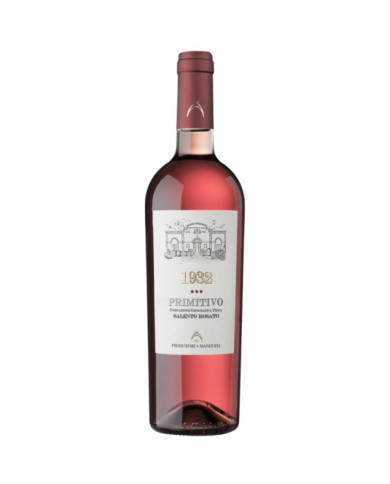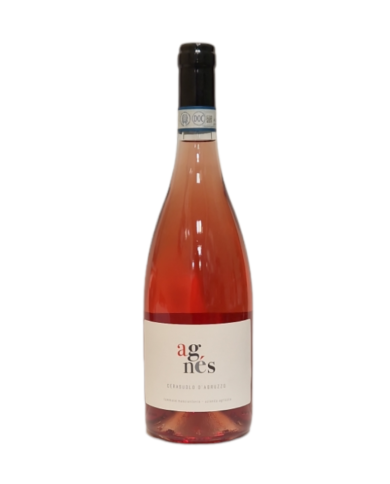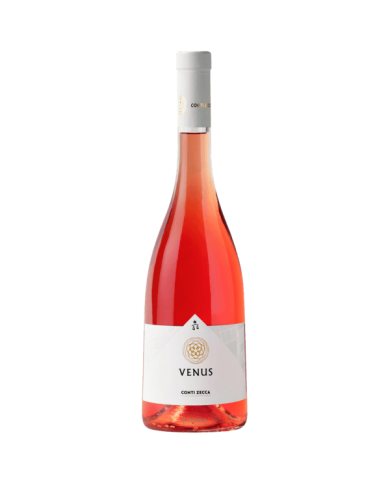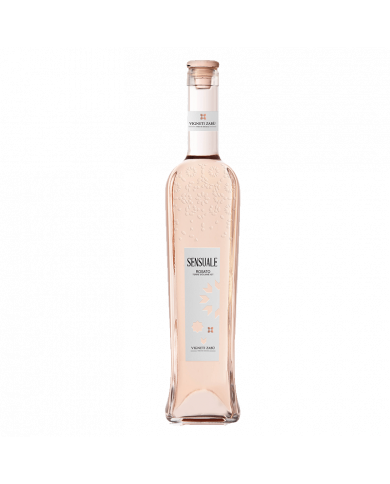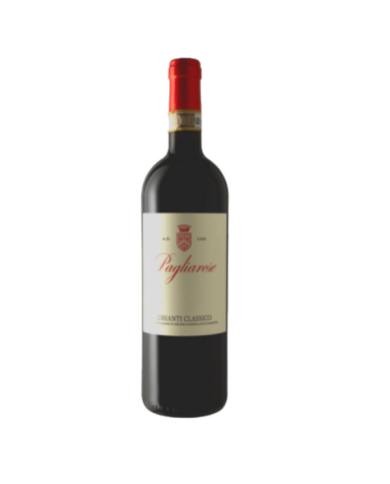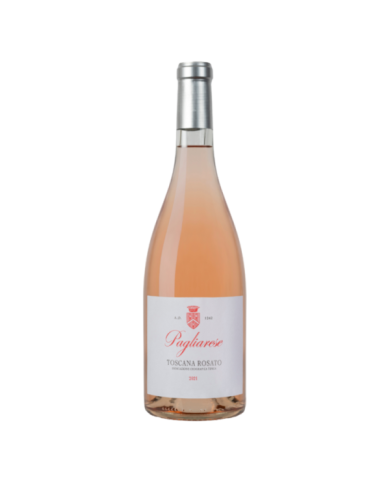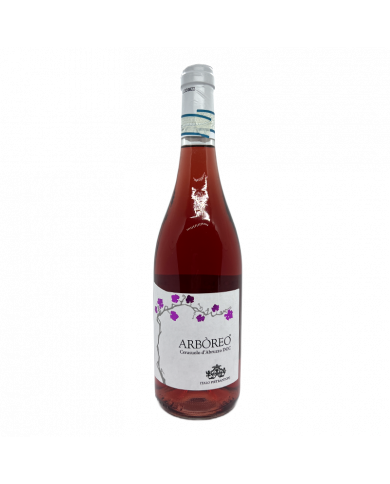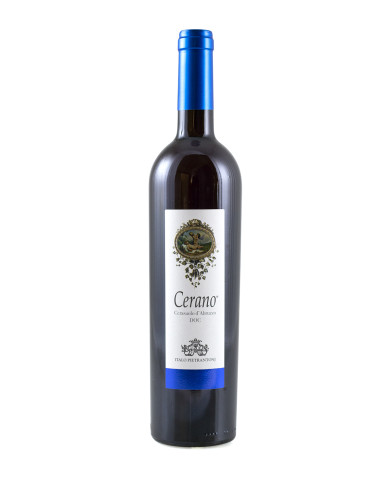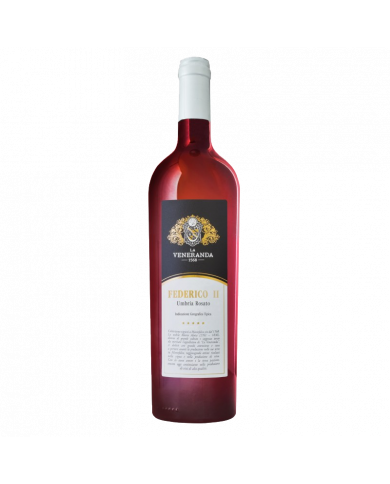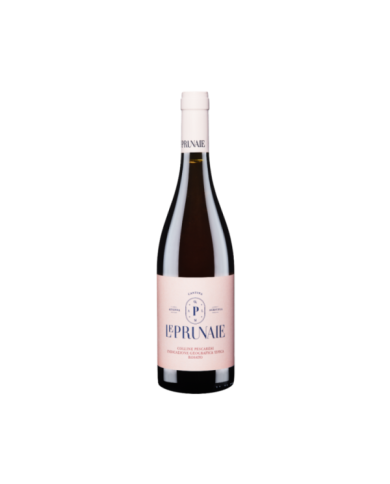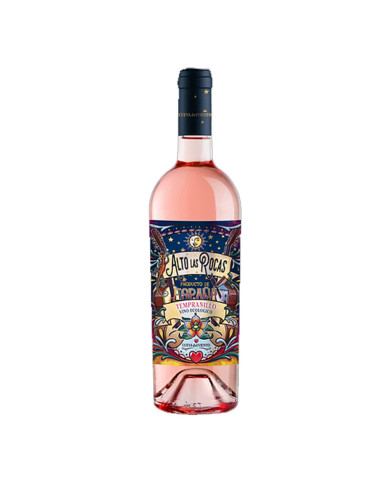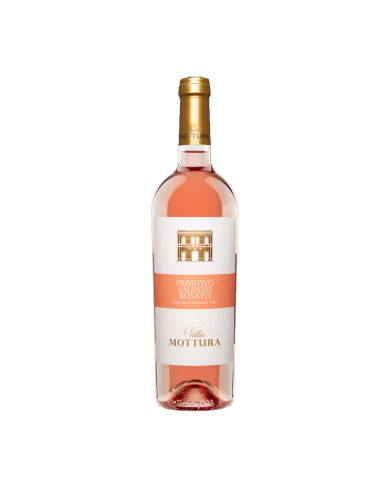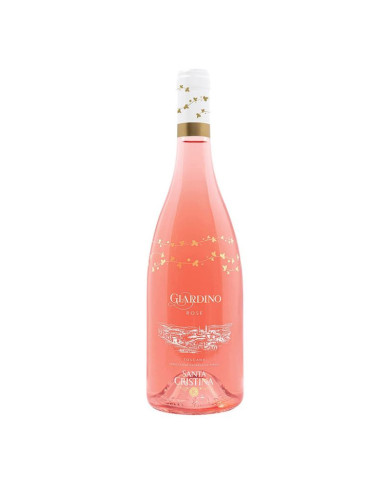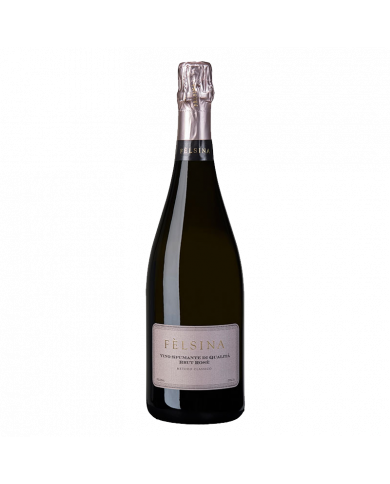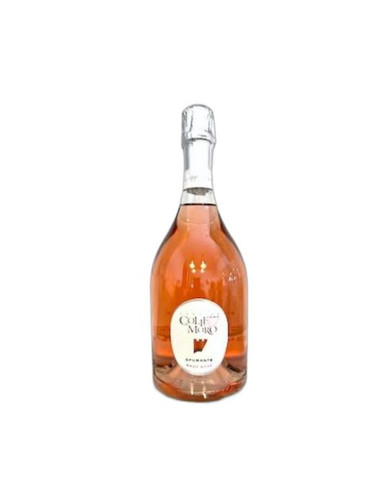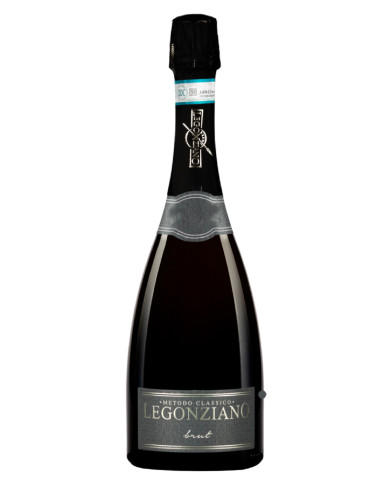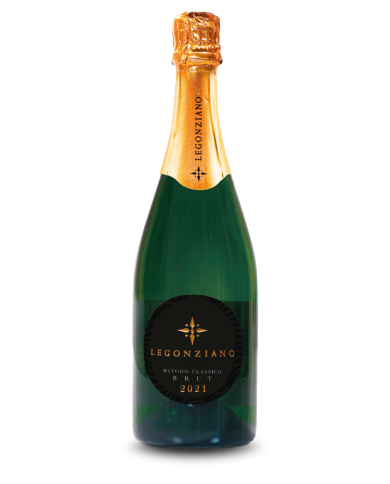Prodotto con uve Negroamaro, raccolte manualmente ad inizio settembre. Breve macerazione pellicolare direttamente in presa e fermentazione in bianco a temperatura controllata (18°C), successivo breve affinamento in acciaio prima di essere imbottigliato.
Colore: rosa corallo intenso brillante e luminoso anticipa la buona struttura del vino. Profumo: accattivante al naso con note intense di ciliegie fresche melagrana mela rossa fragoline di bosco e lampone arricchite da piacevoli sbuffi minerali. Sapore: succoso e fresco al palato ben strutturato croccante sapido in fondo tanta succosa acidità finale lungo.
Colore: rosa corallo intenso brillante e luminoso anticipa la buona struttura del vino. Profumo: accattivante al naso con note intense di ciliegie fresche melagrana mela rossa fragoline di bosco e lampone arricchite da piacevoli sbuffi minerali. Sapore: succoso e fresco al palato ben strutturato croccante sapido in fondo tanta succosa acidità finale lungo.
Red berried grapes of the territory, harvested and pressed immediately without maceration. Vinified at low temperature. After vinification, the wine ages for 6 months in steel in order to harmonize and enhance its varietal aroma characterized by aromas of pink petal flowers, banana, pineapple, pear, wild strawberry and wild cherry. Pale pink color, on the palate it is fresh, elegant and with a pleasant finish. The pleasant salty note gives a lean and refreshing drink. Unmissable during summer aperitifs based on local butchery, it is a wine that calls one bottle after another and invites to a convivial sharing. Perfect as an aperitif, it goes well with raw seafood dishes and fried Adriatic paranza
This simple and intense Salento Rosato PGI "Venus" of the Conti Zecca is made from 70% Negroamaro grapes and the remainder from complementary vines and is born in the municipality of Leverano, in the heart of Salento. It takes its name from the planet Venus and the goddess of love, beauty and pleasure.
ÃĻ un Sangiovese in purezza: grazie alla maturità raggiunta dalle viti, ad unâattenta selezione dei cloni e alla conduzione biologica del vigneto, il Sangiovese sviluppa unâautenticità e una tipicità veramente uniche. Il vino, affinato per 18 mesi in tonneaux di rovere francese, si perfeziona con ulteriori 3 mesi in vasche di cemento e con almeno 12 mesi in bottiglia.
Cherry pink in color that recalls the color of cherry and with an intense and persistent aroma of red fruits such as strawberries, black cherries and berries, black cherry and strawberry jam and red flowers. The taste is soft, round, long, with a characteristic hint of almond. It is excellent with first courses, white meats, boiled meats, and even medium-aged cheeses. To be discovered in combination with pizza. Delicious with fish (brodetto and grilled).
Intense rosÃĐ wine. The nose opens with the characteristic hints of wild rose and red fruits, raspberries and strawberries. In the mouth we find it dry and with a strong character typical of the variety.
Il vino rosato IGT Colline Pescaresi si presenta nel calice di un colore rosa corallo tenue. Allâolfatto si esprime con note di piccoli frutti rossi (fragoline di bosco e lamponi) accompagnato da sentori agrumati e di melograno. In bocca ÃĻ verticale: sapido, fresco con una chiusura morbida. Abbinamenti consigliati: primi piatti a base di pesce, piatti vegetariani e ottimo anche come aperitivo e per accompagnare fritture di pesce.
Fairly deep coppery color, brilliant, fine and persistent perlage. It is fine and delicate, fragrant with notes reminiscent of berries, citrus fruits and rose petals. On the palate it is dry, rightly acidic, fresh and gentle, delicate and harmonious with a finish of currant, almonds and berries.
RosÃĐ wine pairings
RosÃĐ is a very versatile wine, it adapts to the most varied combinations. Thanks to its freshness, it lends itself both to informal combinations, accompanying cheeses, pizza, fries, mushrooms, and to combinations with more structured dishes, accompanying fish-based dishes equally well.
The best Italian rosÃĐ wine
In recent years the production of rosÃĐ wine in Italy has grown exponentially, really good ones are produced and they deserve to be tasted. RosÃĐ was born in Southern Italy, but is currently produced throughout the peninsula. Italian rosÃĐ wines boast a long tradition, fresh and fragrant wines that skilfully accompany the many dishes of our local culinary tradition. By entering the Clickwine section dedicated to rosÃĐ wines, you will find the best online offers to be able to buy bottles of DOC rosÃĐ wine produced by the most prestigious wineries in Italy. With our exceptional online sale you can bring traditional Italian rosÃĐ wines to your table, with incredible savings on the list price. Don't miss the opportunity to enrich your personal cellar with a high quality rosÃĐ wine, a unique opportunity to make evenings in the company of friends and family even more perfect.
Why is rosÃĐ wine pink?
On rosÃĐ wine they really feel all the colors. Many are convinced that it comes from the mixing of white and red wines (a practice which is prohibited by law), and this has certainly not helped its reputation.
The intensity of the color of the rosÃĐ wine and its aromas are essentially conditioned by the maceration on the skins of the red grapes with which these wines are produced. But what are the colors of rosÃĐ wine? RosÃĐ wine can range from soft pink, cherry, to claret pink. If you want to obtain a soft pink, you need to macerate for a very few hours, from 2 to 4, while for a cherry the time can go up to 7-10 hours. A very bright pink claret, the maceration time can be up to 24 hours.
What are the best rosÃĐ wines?
RosÃĐ wines can be of very different quality, depending on the production region, the grape variety used and the winemaking techniques. Some very popular rosÃĐ wines come from France, in particular from the Provence region, where light and fresh wines with aromas of red berried fruit and a marked acidity are produced. Other high quality rosÃĐ wines are produced in Italy, in particular in Tuscany and Puglia, and in Spain, where more structured wines with greater aromatic complexity are produced. Other regions renowned for their rosÃĐ wines are California, Portugal and Australia.
It is important to note the quality of a rosÃĐ wine depends on the production techniques, the climatic conditions and the grapes used. Hence, it is difficult to make a list of the absolute best rosÃĐ wines, as it depends on one's personal tastes and preferences. However, some very popular rosÃĐ wines are:
- ChÃĒteau d'Esclans Whispering Angel (Provence, France)
- Domaine Tempier Bandol (Provence, France)
- Biserno Insoglio del Boar Estate (Tuscany, Italy)
- Le Pupille Saffredi Farm (Tuscany, Italy)
- Quinta do Crasto RosÃĐ (Douro, Portugal)
- Sandhi Santa Barbara County RosÃĐ (California, USA)
- Penfolds Koonunga Hill RosÃĐ (Barossa Valley, Australia)
It is advisable to try different rosÃĐ wines to find out which one you like the most, keeping in mind that some rosÃĐ wines are more suited to be drunk alone while others are better paired with certain dishes. In general, rosÃĐ wines are ideal for summer, as they are fresh and light, but they can be enjoyed at any time of the year according to personal tastes.
What do you eat with rosÃĐ wine?
RosÃĐ wine is a very versatile type of wine that pairs well with a wide variety of dishes. Since it has a slightly lower alcohol content than red wines and a slightly lighter structure, it is particularly suitable for accompanying light and fresh dishes, such as fish, white meat and vegetables. Here are some ideas for pairing rosÃĐ wine with food:
- Fish: rosÃĐ wine goes well with light fish such as salmon, tuna and sea bass, but also with oily fish such as mackerel and squid.
- White meat: rosÃĐ wine is perfect to accompany white meat such as chicken, turkey and rabbit.
- Vegetables: rosÃĐ wine goes well with grilled vegetables, in particular with red berried ones such as tomatoes and aubergines.
- Cheeses: RosÃĐ wine pairs well with light cheeses like brie, camembert, and roquefort.
- Salads: rosÃĐ wine is perfect to accompany summer salads, especially if dressed with an emulsion of olive oil and balsamic vinegar.
RosÃĐ wine can also be drunk on its own as an aperitif or as an accompaniment to a light meal. In general, it is important to combine rosÃĐ wine with light and not too tasty foods to prevent the wine from being overwhelmed by the flavors of the food. It is advisable to taste the wine before deciding which food to pair it with, in order to choose the dish that best matches its aromatic profile and balance.







